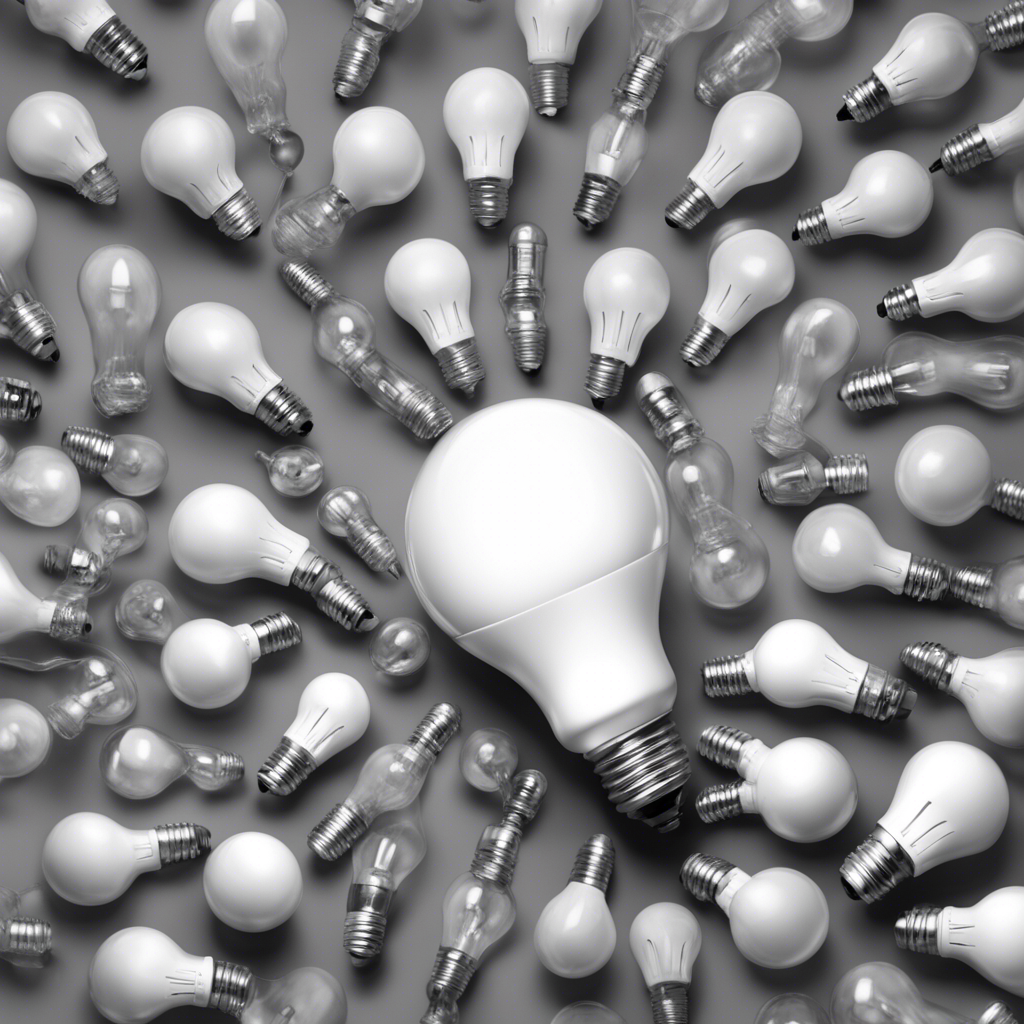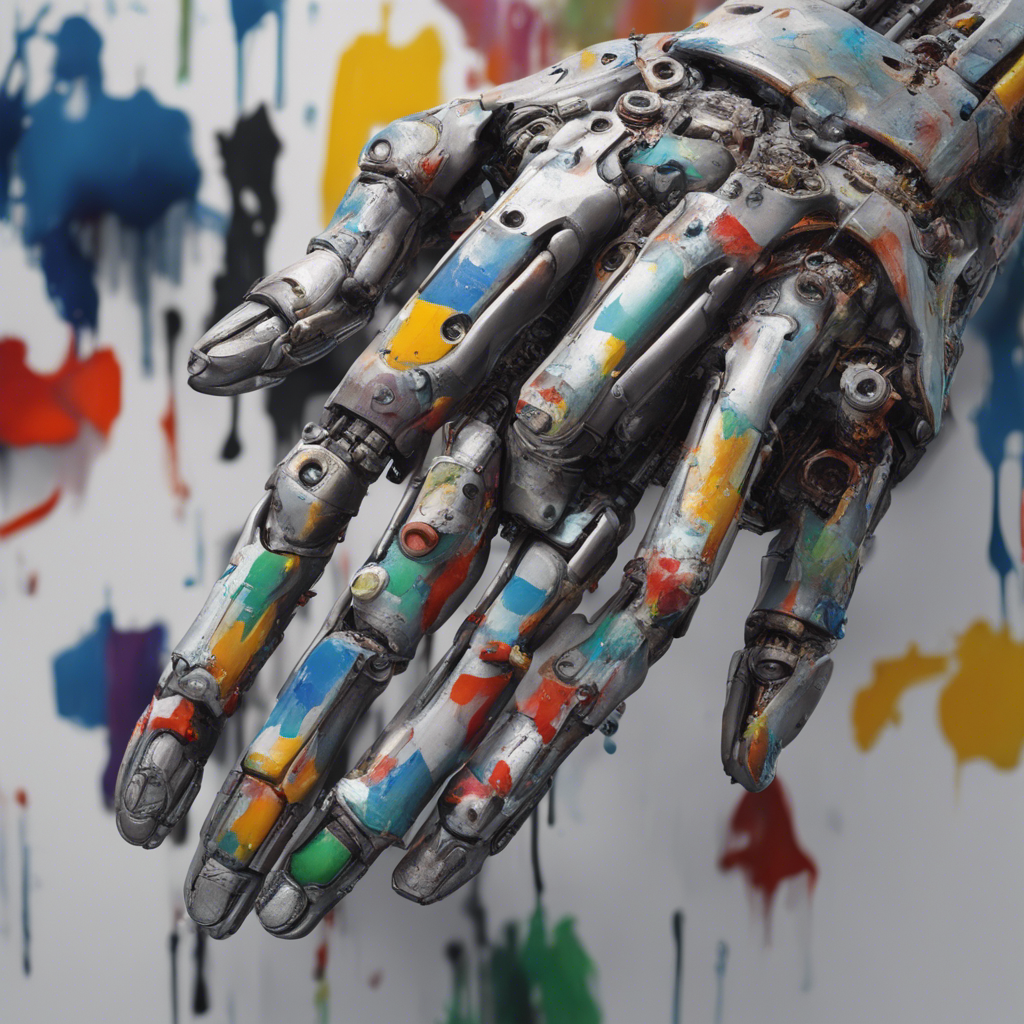
How Generative Adversarial Networks are Revolutionizing Art
Art has always been a window into the human experience, reflecting the beauty, emotions, and aspirations of our society. Throughout history, artists have employed various techniques and mediums to express their creativity. However, in recent years, a groundbreaking technology called Generative Adversarial Networks (GANs) has emerged, revolutionizing the art world.
What are Generative Adversarial Networks (GANs)?
GANs are a type of machine learning algorithm that consists of two components: a generator and a discriminator. The generator creates new data samples, such as images or texts, while the discriminator tries to differentiate between the generated data and real data. This adversarial relationship pushes both components to improve over time, resulting in the production of highly realistic and novel outputs.
The Role of GANs in Art
Artificial Intelligence (AI) has already begun to shape various industries, including healthcare, finance, and transportation. However, the impact of AI on the arts has been particularly fascinating. GANs have opened up new possibilities for artists by allowing them to create original artworks, explore different styles, and collaborate with AI models.
1. Creating Original Artworks
GANs enable artists to generate entirely new and unique artworks. By training a GAN on a dataset containing diverse artistic styles, the generator can produce novel images that reflect a fusion of these styles. This ability to combine different aesthetics and experiment with unconventional forms leads to the creation of unprecedented works of art.
2. Exploring Different Styles
GANs have empowered artists to broaden their horizons and explore various artistic styles without being restricted by their own personal preferences or techniques. By training a GAN on artworks from different periods or cultures, artists can generate artwork in those styles, expanding their own artistic repertoire and pushing the boundaries of their creativity.
3. Collaborating with AI Models
Artists can now collaborate with AI models, blurring the lines between human and machine creativity. GANs can be trained on an artist’s body of work or stylistic preferences, enabling the generator to produce new artworks that align with the artist’s unique style. This collaboration between artists and AI models opens up a realm of artistic possibilities, fostering a harmonious relationship between human creativity and AI innovation.
Real-World Applications of GANs in Art
The impact of GANs on the art world is not limited to theoretical possibilities. Artists and researchers have already begun exploring and implementing GANs in various real-world applications, bringing AI art to the forefront of contemporary artistic practices. Here are some notable examples:
1. DeepDream
DeepDream is a popular application of GANs that uses neural networks to generate dream-like, psychedelic images. By amplifying certain patterns and features in an input image, DeepDream produces visually stunning and surreal compositions. This application has been widely adopted by artists, photographers, and filmmakers to transform ordinary visuals into extraordinary masterpieces.
2. Style Transfer
Style transfer is another application of GANs that allows artists to blend the style of one image with the content of another. By using a pre-trained GAN model, artists can apply the characteristics of renowned artworks, such as the brushstrokes of Van Gogh or the color palette of Monet, to their own images. This technique not only creates visually captivating pieces but also offers a unique homage to art history.
3. Art Generation
GANs have been utilized for automatic art generation, where the AI system can produce original artwork without human intervention. These generated pieces can range from paintings to sketches, showcasing the capabilities of GANs to create visually appealing compositions. This application has sparked debates around the definition of authorship and the role of AI in the art-making process.
Ethical and Philosophical Considerations
While GANs have brought about remarkable advancements in the art world, they have also raised significant ethical and philosophical considerations. Some of these concerns include intellectual property rights, the source and ownership of training datasets, and the potential for AI to replace human creativity. These ethical questions need to be explored and addressed to ensure the responsible and meaningful integration of GANs in the art ecosystem.
Conclusion
Generative Adversarial Networks (GANs) are propelling the artistic landscape into a new era of innovation and experimentation. The ability to create original artworks, explore diverse styles, and collaborate with AI models has revolutionized the way art is conceived and appreciated. As AI continues to advance, it is crucial for artists, researchers, and society as a whole to navigate the ethical implications and leverage the immense potential of GANs to shape the future of art.
References:
Goodfellow, I., Pouget-Abadie, J., Mirza, M., Xu, B., Warde-Farley, D., Ozair, S., … & Bengio, Y. (2014). Generative adversarial networks. arXiv preprint arXiv:1406.2661.
Elgammal, A., Liu, B., Elhoseiny, M., & Mazzone, M. (2017). CAN: Creative Adversarial Networks, Generating" Art" by Learning About Styles and Deviating from Style Norms. arXiv preprint arXiv:1706.07068.
Gatys, L. A., Ecker, A. S., & Bethge, M. (2016). Image style transfer using convolutional neural networks. In Proceedings of the IEEE Conference on Computer Vision and Pattern Recognition (pp. 2414-2423).
Simonite, T. (2015). The People Behind Google’s Trippy Neural Network Want to Teach AI About Art. Wired. Link.
Jahanian, Ali, et al. “GAN Theft: Defending Against Model Piracy.” arXiv preprint arXiv:2012.08797 (2020).






